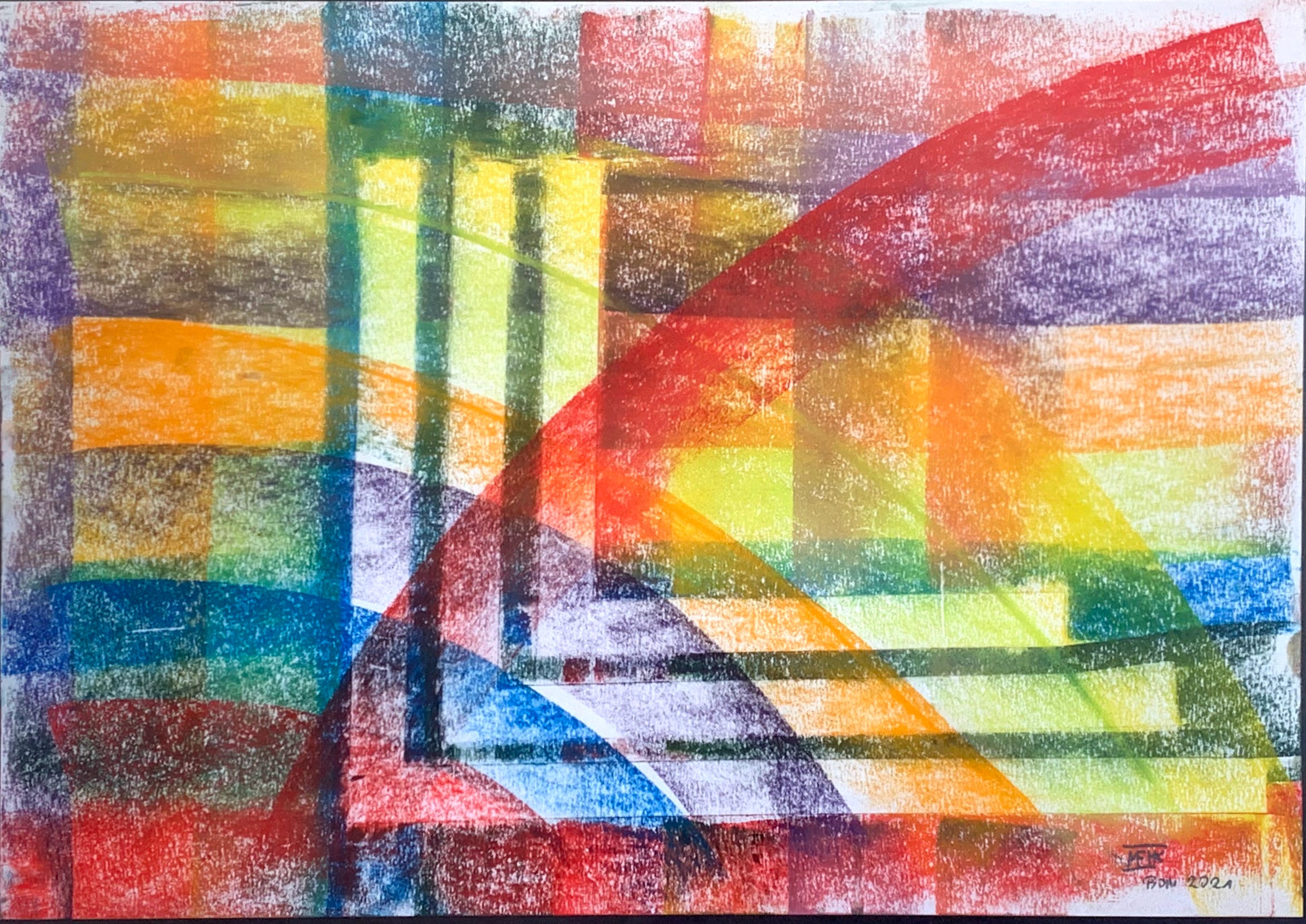


MFHK. Behind these four letters is hiding an artist who has found his expression in his lines, in his colours, surfaces, shapes and also in a plastic three-dimensionality. The painter and sculptor MFHK works as well in the Dutch Caribbean as in his second adopted home, Nova Scotia (Canada). His European origin leads to the deliberate mix of figures and colours from these three regions. Each of which has shaped the artist. His 'Caribbean Way of Life' has an undeniable influence in special on his current sculptures.
The coordinated variety of colors with their lively contrasts reflects the lightness of the Caribbean and underlines the plasticity of the figures. The cheerful, optimistic mood emanating from the sculptures takes the viewer into a world of color and form. These works simply do not allow any sadness. The materials used arrange this art in the direction of the 'Arte Povera', but add a new facet to it through their colors.
This color palette is new within this art movement. This takes to an independent position within this sector. The use of natural materials or the inclusion of waste products from industrial production, which the artist has recycled for his own art, plays a decisive role as a third statement alongside color and shape. A statement is made here that also shows a line for today and tomorrow in terms of ideology.
However, the artist attaches importance to the fact that this direction has nothing to do with any kind of a political ideology, but re-evaluates the 'Arte Povera' sector in our time. MFHK also documents the desire for color in his visual work. The surface is reproduced in color, light and often with lines and traces. Here he is influenced by both the colors of the Caribbean and the colors of his surroundings on Nova Scotia.
The lines in many of his works give the pictures a certain depth and thus often leave a spatial impression. Geometric shapes can also be found here. This expressive, painterly style of expression by the artist puts him close to abstract expressionism. If you look at his pictures of the northern lights, for example, you can also see his European roots. In general, it can be said that his work reflects impressions of his current surroundings as well as the colors from his many travels in northern, central and southern Europe as well as color impressions from North Africa, South-East Asia, New Zealand and North America.
The later can be seen above all in his oil paintings on pressed cardboard and canvas. The peculiarity of his oeuvre lies in the variety of color materials used such as chalk, pencil, colored pencil, wax, oil, acrylic, as well as in the variability of his surfaces such as paper, pressed cardboard, wood and linen. But you always know which artist it is. Psaligraphies glued to certain substrates also testify to the willingness to experiment of this artist and are another facet in this work. Another peculiarity lies in his radical refusal to reproduce even just one of his works. This gives them a distinct exclusivity.
ART
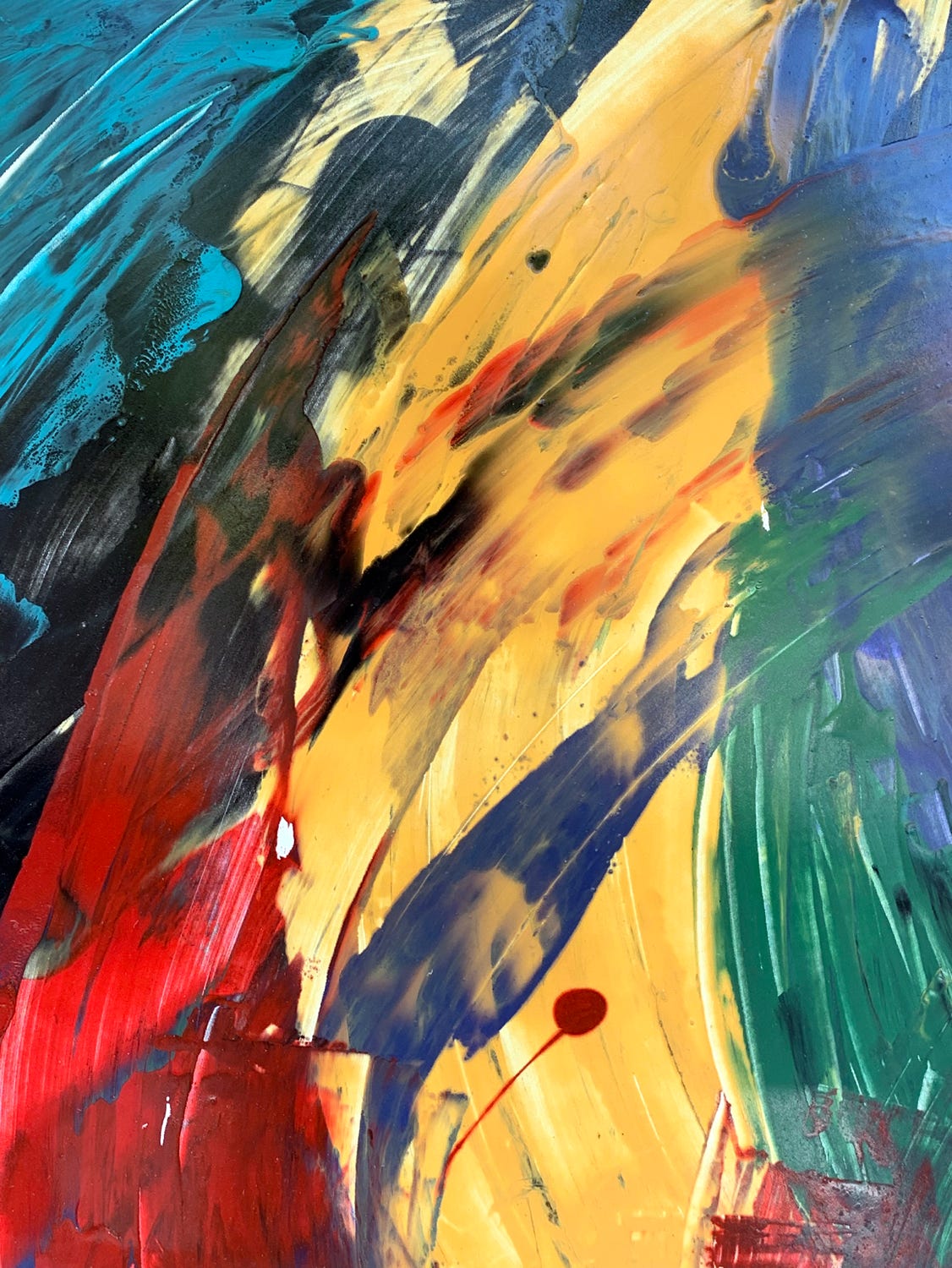
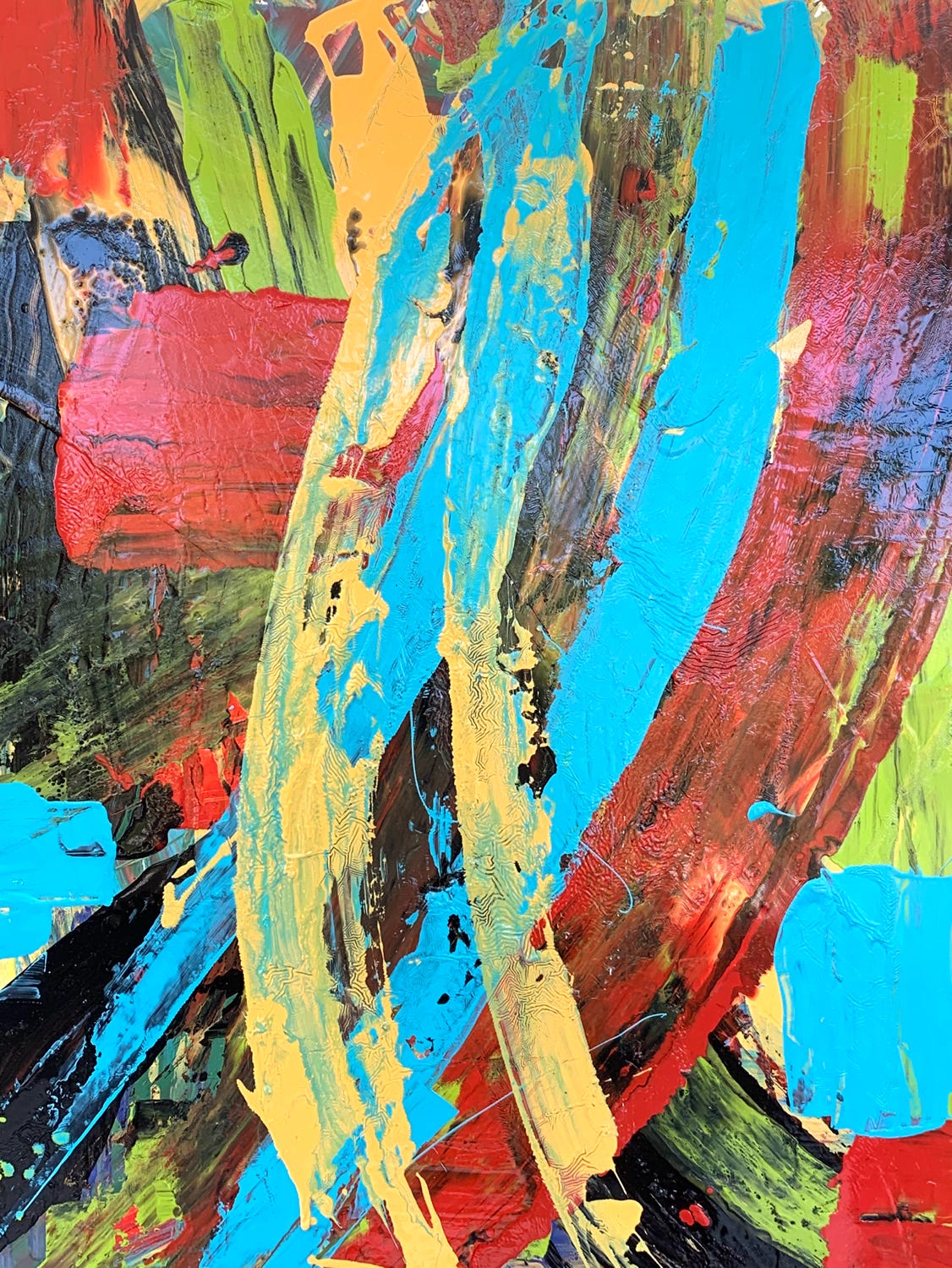
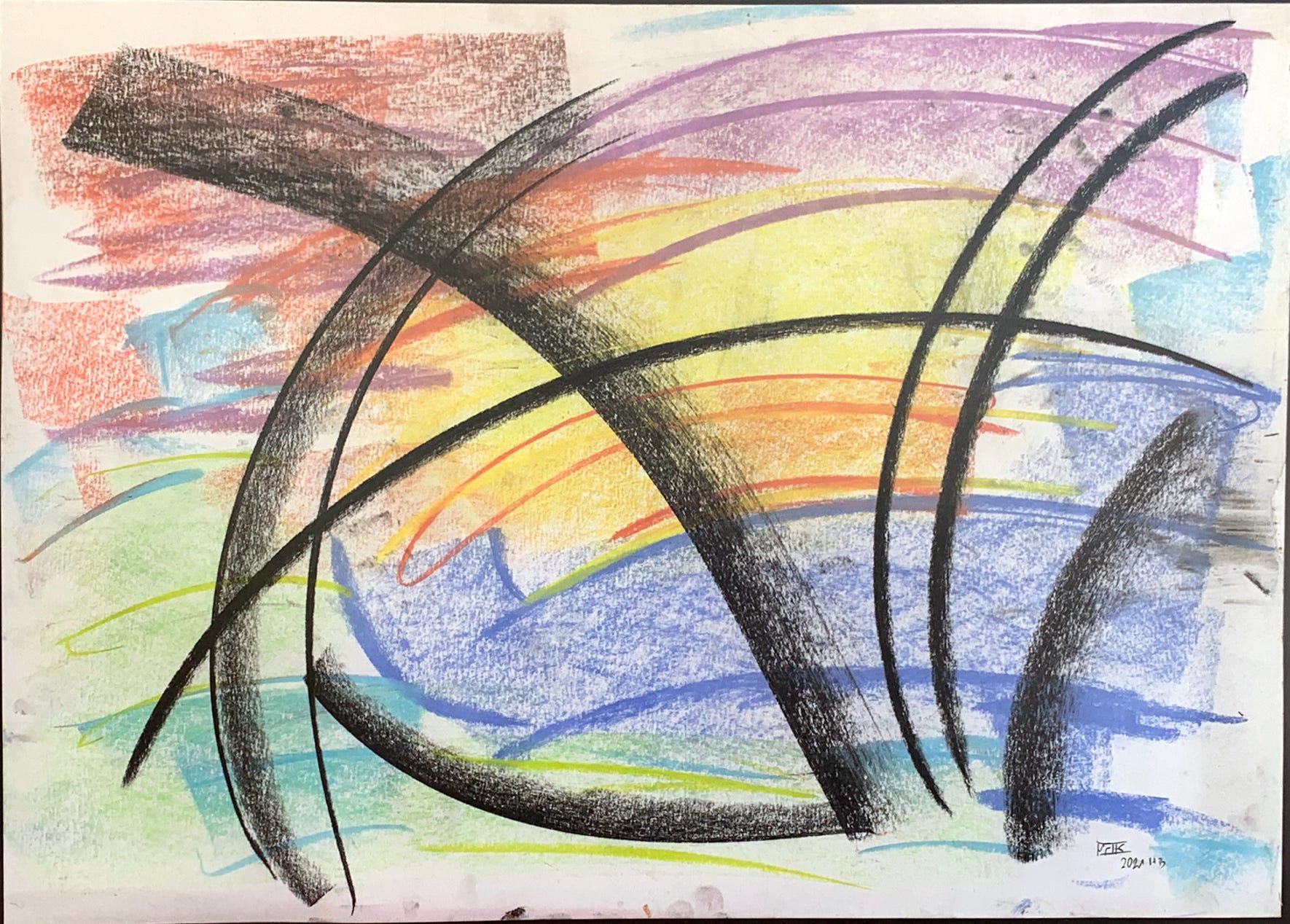
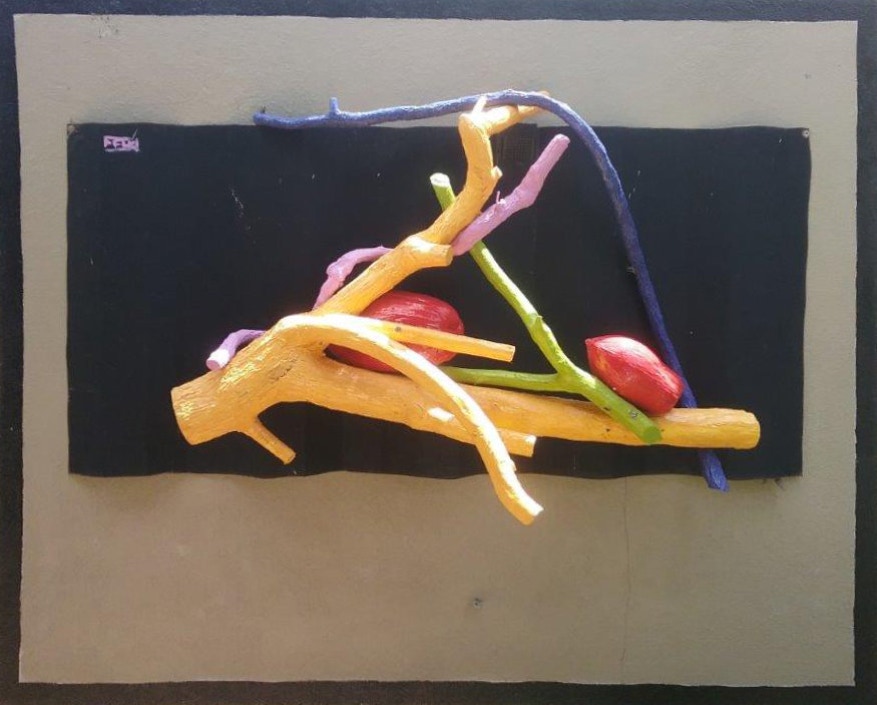
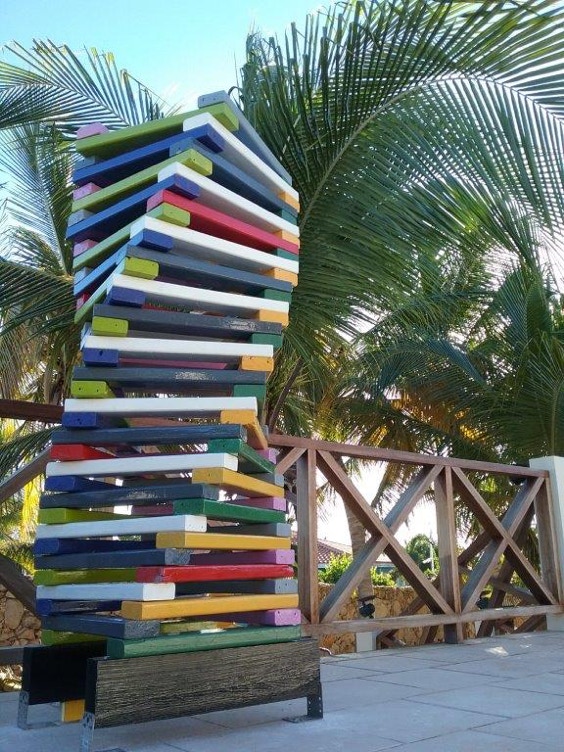

CONTACT